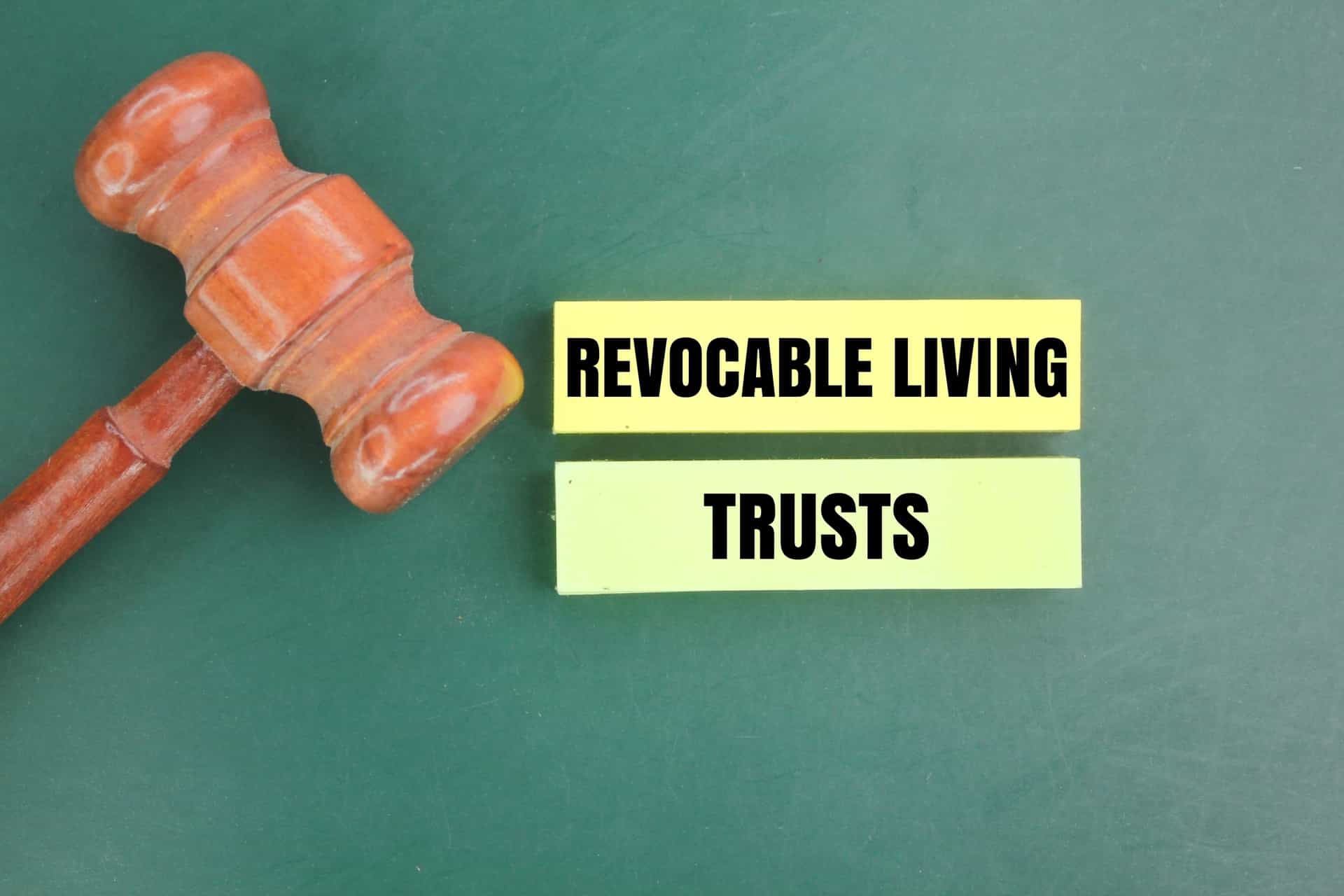What is a Revocable Living Trust?

Planning for the future is a crucial step in protecting your loved ones and your assets. One of the most effective tools for estate planning is a revocable living trust. This legal arrangement not only simplifies the management of your estate but also provides flexibility and control over your assets during your lifetime. In this guide, we’ll break down what a revocable living trust is, how it works, and why it might be the right choice for your estate planning needs.
What is a Revocable Living Trust?
A revocable living trust is a legal document that allows you to place your assets into a trust for your benefit during your lifetime and then transfer them to your beneficiaries upon your death. The term “revocable” means that you retain the ability to modify or cancel the trust at any time, as long as you are mentally competent.
This type of trust offers significant benefits, including avoiding
probate, maintaining privacy, and providing a clear plan for managing your assets if you become incapacitated.
How Does a Revocable Living Trust Work?
A revocable living trust operates through the following key roles:
- Grantor: The grantor is the person who creates the trust. As the grantor, you transfer ownership of your assets into the trust while retaining control over them.
- Trustee: The trustee is responsible for managing the trust’s assets. In most cases, the grantor acts as the initial trustee, maintaining full control during their lifetime. A successor trustee is named to manage the trust upon the grantor’s incapacity or death.
- Beneficiaries: The beneficiaries are the individuals or organizations that will receive the trust’s assets upon the grantor’s death.
Benefits of a Revocable Living Trust
1. Avoiding Probate: One of the most significant advantages of a revocable living trust is that it allows your assets to bypass the probate process. Probate is a court-supervised procedure for distributing a deceased person’s estate, which can be time-consuming, costly, and public. By placing assets in a trust, they can be distributed directly to your beneficiaries without court involvement.
2. Maintaining Privacy: Unlike a will, which becomes a public record during probate, a trust remains private. This ensures that the details of your estate and the distribution of your assets are kept confidential.
3. Incapacity Planning: If you become incapacitated and can no longer manage your financial affairs, a successor trustee can step in to manage the trust according to your instructions. This avoids the need for a court-appointed guardian or conservator.
4. Flexibility: Since a revocable living trust can be amended or revoked at any time, you have the freedom to make changes as your circumstances or wishes evolve.
5. Control Over Asset Distribution:
A revocable living trust allows you to set specific terms for how and when your assets are distributed. For example, you can create provisions for minor children, stagger distributions over time, or provide for a loved one with special needs.
What Assets Can Be Placed in a Revocable Living Trust?
Almost any type of asset can be included in a revocable living trust, including:
- Real estate
- Bank accounts
- Investment accounts
- Stocks and bonds
- Life insurance policies
- Personal property, such as jewelry or artwork
To fully fund the trust, ownership of these assets must be transferred to the trust. For example, the title to your home would need to be updated to list the trust as the owner.
Steps to Create a Revocable Living Trust
1. Consult an Estate Planning Attorney
Creating a trust involves complex legal and financial considerations. An experienced
trust attorney can help ensure that the trust is tailored to your specific needs and complies with state laws.
2. Determine Your Goals
Consider what you want to achieve with the trust. Do you want to avoid probate? Provide for minor children? Ensure a loved one with special needs is cared for? Clarifying your goals will guide the trust’s structure.
3. Choose a Trustee
Select a reliable individual or institution to serve as the successor trustee. This person or entity will manage the trust after your incapacity or death.
4. Draft the Trust Document
Your attorney will draft the trust document, outlining the terms of the trust, the roles of the trustee and beneficiaries, and how assets will be managed and distributed.
5. Transfer Assets to the Trust
To activate the trust, you must transfer ownership of your assets into it. This may involve retitling property, updating beneficiary designations, and notifying financial institutions.
6. Review and Update Regularly
Life events, such as marriage, divorce, or the birth of a child, may necessitate changes to your trust. Regular reviews ensure that your trust remains aligned with your wishes.
Common Misconceptions About Revocable Living Trusts
1. It Eliminates Estate Taxes
A revocable living trust does not reduce estate taxes. However, advanced estate planning strategies, such as irrevocable trusts, can help minimize tax liabilities.
2. It Cannot Be Changed
Since the trust is revocable, you can modify or dissolve it as needed during your lifetime.
3. It Replaces a Will
While a trust can handle the distribution of most assets, a will is still necessary to cover items not included in the trust, such as personal possessions or guardianship of minor children.
Is a Revocable Living Trust Right for You?
A revocable living trust is an excellent choice for individuals who want to avoid probate, maintain privacy, and ensure a seamless transition of their assets. It’s especially beneficial for those with complex estates, multiple properties, or concerns about incapacity.
However, a trust may not be necessary for everyone. For smaller estates, other estate planning tools, such as a simple will or payable-on-death accounts, may suffice. Consulting with an
estate planning professional can help determine the best approach for your unique situation.
Conclusion
A revocable living trust is a powerful tool for securing your assets and providing peace of mind for you and your loved ones. By understanding how it works and its benefits, you can take the first step toward effective estate planning.
Ready to protect your assets? Contact
Jostock & Jostock today to create a customized estate plan that works for you!
Disclaimer: The information on this website and blog is for general informational purposes only and is not professional advice. We make no guarantees of accuracy or completeness. We disclaim all liability for errors, omissions, or reliance on this content. Always consult a qualified professional for specific guidance.






